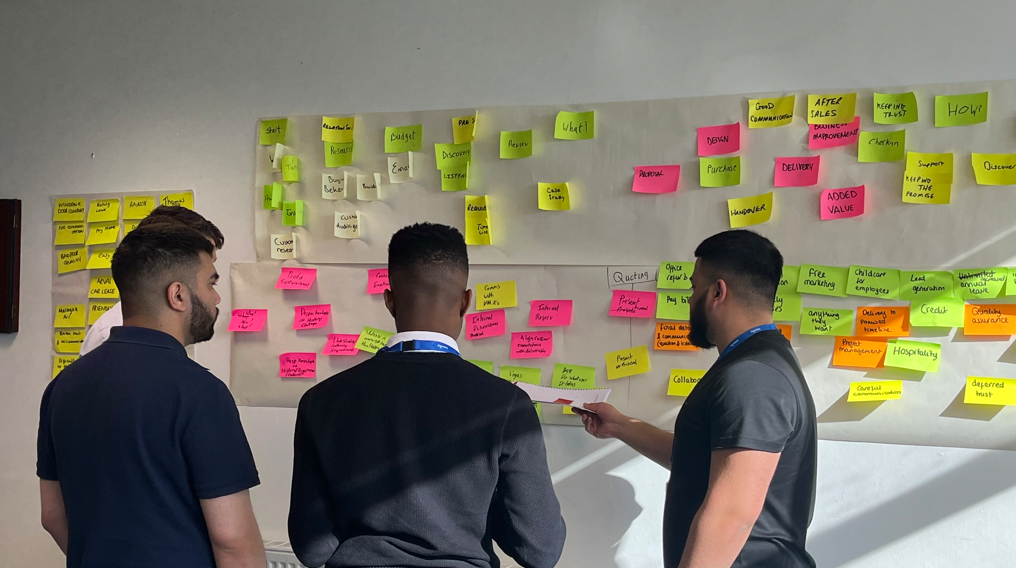A very good friend of mine has a habit of clicking before checking. This is especially true when it comes to Facebook posts. And it surprises me each time: after all, isn’t there just a hint of curiosity; some part of the brain wondering if what’s been presented as fact really is fact?
Having a sense of curiosity (which is polite for “being nosy”) is a healthy trait to have. Whether you work in science or arts, sales or service, a sense of curiosity is good for progress and healthy debate.
The bit I want to focus on here is the auto-acceptance of something as fact (even if it looks suspect). Some “facts” have been around for so long that they have become accepted as such. Here’s an example you may be familiar with: the human brain is split into the creative-right and analytical-left sides. This is commonly attributed to the work of Sperry, et al. (though it goes back to an 1844 publication by Wigan). Sperry’s work on the split brain landed the 1981 Nobel Prize in Physiology and Medicine, while Wigan’s work is credited with inspiring Robert Louis Stevenson’s Jekyll and Hyde.
Whatever the source, in the years that followed, this creative-right and analytical-left side “fact” entered mainstream training, so much so that it’s still trained out (complete with supporting mobile apps, self-help books and hours of webinars on how to tap into your creative brain). And now this fact is being unmasked as the myth that it is.
A blend of curiosity and advancements in brain-scanning technology have allowed for new ways to measure how the brain functions. While there is still a long way to go in understanding how the human brain works, research by the University of Utah neuroscientist Dr Jeff Anderson (lead author of the 2013 study) disproves this right-brained vs left-brained view of how the brain works.
Being curious – challenging assumptions – is good. So, before you click, it’s worth checking. It’s what your intuitive right-brain wants you to do.
Here at New Results, we try our best to stay curious and encourage our clients to do the same.
If you’re curious to learn, take a look at the truth behind visual, auditive and haptic types of learning. Spoiler alert: it’s another myth masquerading as a fact.
Image source: Pixabay










